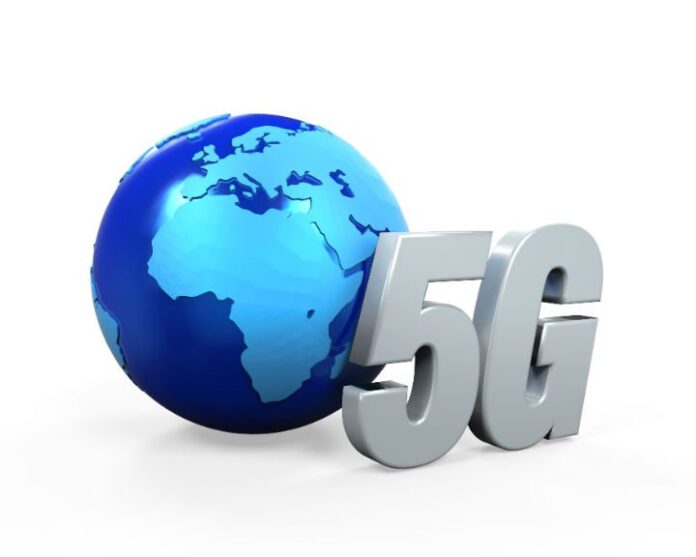The mobile industry still may be in the process of rolling out true 4G services, but that has not stopped those tasked with developing new technology from looking ahead.
While no official word is expected on what will constitute the so-called “5G” standard for at least another year or more, dozens of parties have already announced plans to move forward on developing technologies they think will play a role in the standard.
Much of the early 5G talk has come from parts of Asia, which have a history of leading wireless evolutions, and Europe, which seemed to have missed out on the initial 4G surge due to regulatory and business concerns.
Less talk has come from the Western Hemisphere, where operators in North America have already moved aggressively into rolling out LTE and those in South America are just now getting in on the action. RCR Wireless News spoke with 4G Americas President Chris Pearson on how the Americas region will fit into the 5G discussion, which is the topic of a new white paper released by the trade organization: 4G Americas’ recommendations on 5G requirements and solutions.
Pearson noted that the white paper lays out six “key 5G principles” that it feels need to be kept in mind when looking toward the move beyond 4G. Those include:
— As 5G is defined and requirements developed, it must include the entire 5G ecosystem (e.g., air interface, devices, transport and packet core).
— Development should provide global harmonization under a single framework and allow time for true advances of technology, feasibility studies, standardization and product development.
— It is critical that the countries of the Americas invest in 5G research.
— Avoid debate (at least initially) on what 5G is. 5G does not (yet) describe any particular specification in any official document published by any standardization body.
— 5G planning should consider all major technology advances on the road to 5G.
— Wherever feasible, features being discussed as 5G requirements should be implemented as LTE-Advanced extensions, before the full 5G is available. There are ongoing enhancements in LTE-Advanced that will continue through 2018. 5G is envisioned to have initial deployments around 2020. It must be recognized that significant breakthroughs in new radio transmission interfaces may be accompanied by a break in backward compatibility.
Bored? Why not follow me on Twitter?
Photo copyright: nerthuz / 123RF Stock Photo

